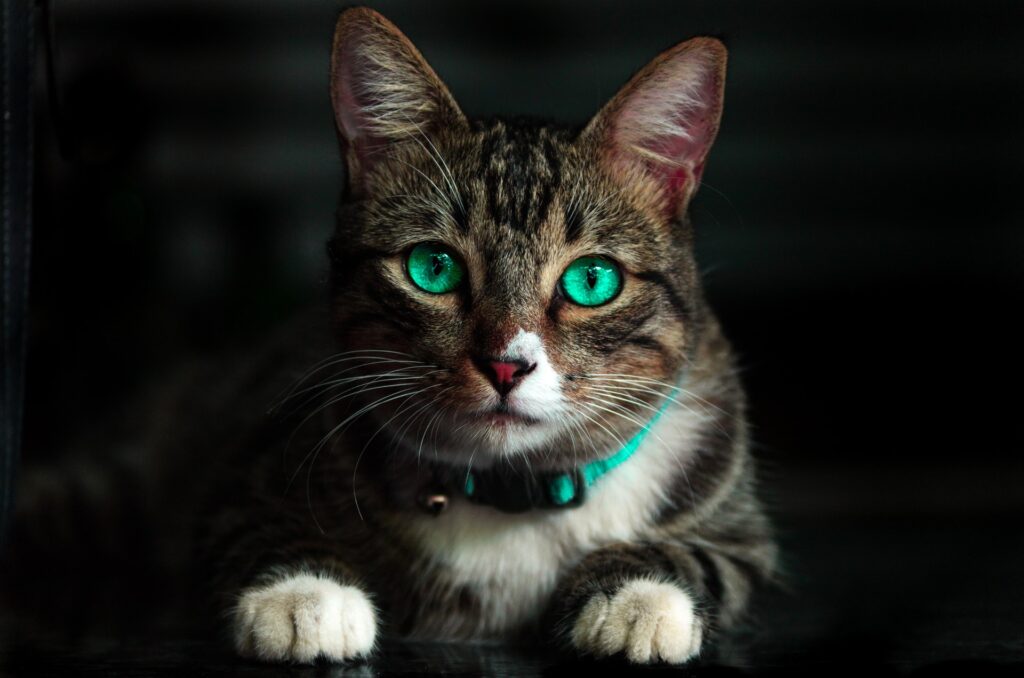Reading Time: < 1 minutes
- When we think of cat whiskers, we think of the stiff hairs growing about the mouth of a cat.
- Most cats, however, have whiskers above the eyes, on the chin, on the forelegs, near the ears, and above the upper lip.
- And while whiskers come out from hair follicles like other hairs, they have roots that are three times deeper.
- These deep routes mean that the whisker-follicles are packed with nerves and vessels.
- And this makes them extremely sensitive—they have been found to be as sensitive as human fingertips (a slight touch and you know what’s happening).
- Cats have great hearing and smelling abilities but their eyesight is not good—they have difficulty focusing on objects up close.
- Whiskers help cats overcome this “handicap” and by brushing its whiskers against an object, a cat can detect the precise location, size, and texture of the object, even in the dark.
- Whiskers also help cats detect subtle changes in the air current and these subtle changes can also inform the cat about the size, shape, and speed of nearby objects.
- So, it is this feature that helps the cat decide whether it can fit into a tight space or not.
- Detection of the changes in the air current also alerts the cat of any approaching danger.
- Also, the ends of the whiskers have sensory organs called proprioceptors.
- The proprioceptors send messages to the brain regarding the position of the body and limbs and are one of the main reasons that cats always land on their feet.
- Whiskers also provide humans insights into a cat’s state of mind—stretched whiskers, pulled back across the face, are an indication that the cat is feeling threatened.
- On the other hand, relaxed whiskers mean a cat is feeling safe and content.
Image courtesy of Kelvin Valerio through Pexels
Reference shelf :










